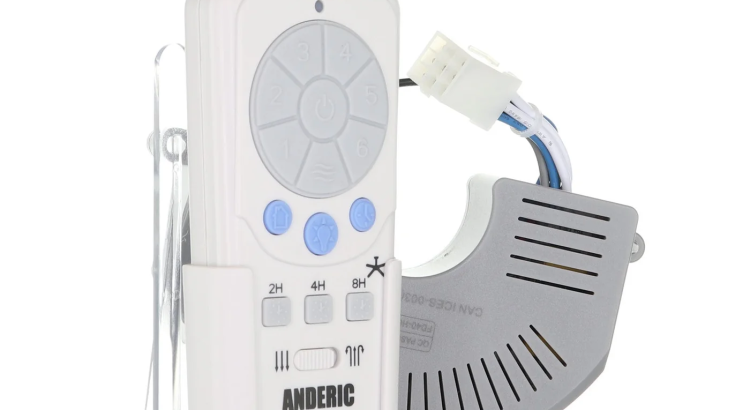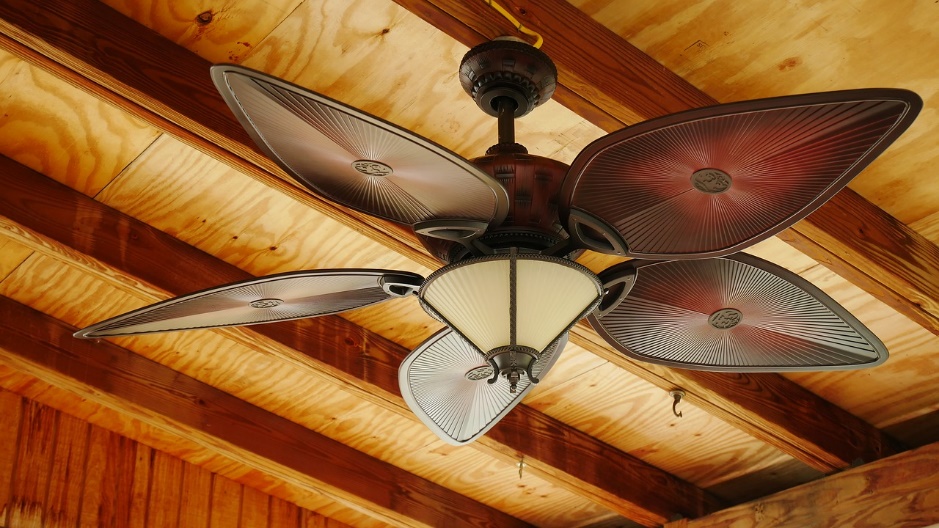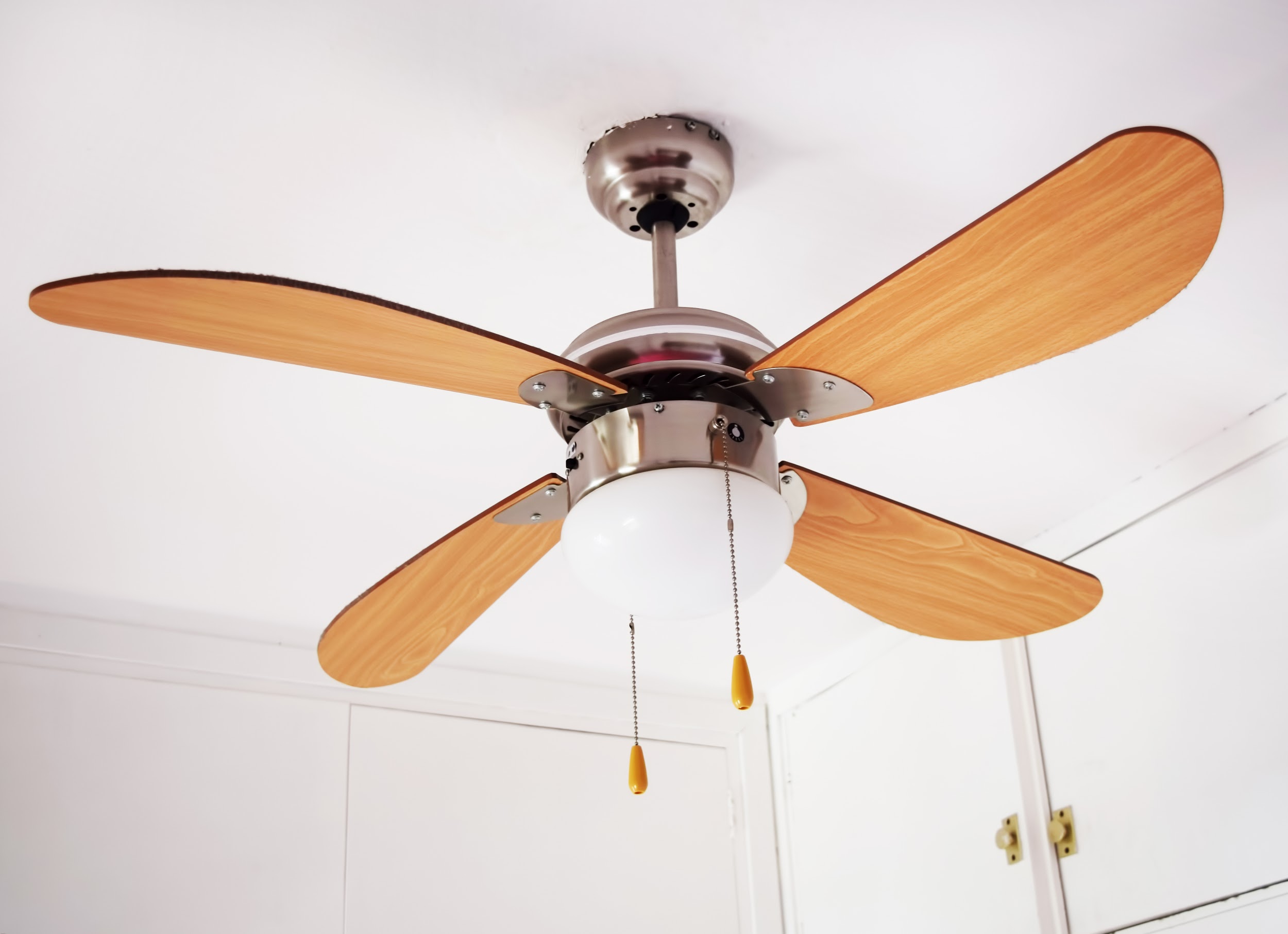Ceiling fans are a staple in many homes, providing comfort and air circulation throughout the year. However, if your fan lacks modern features or isn’t performing optimally, it might be time to consider an upgrade. At Anderic, we offer a range of ceiling fan kits designed to enhance functionality, efficiency, and aesthetics.
Enhanced Control and Convenience
One of the primary advantages of upgrading your ceiling fan with a kit is the improved control options. Our universal ceiling fan remote control and receiver kits allow you to manage fan speed, lighting, and settings from anywhere in the room. This seamless integration ensures effortless operation and enhanced comfort.
Energy Efficiency and Cost Savings
Upgrading your ceiling fan can lead to significant energy savings. Modern kits are designed to optimize fan performance, allowing for better air circulation. This means you can set your thermostat a few degrees higher in the summer, reducing your air conditioning usage and cutting down on energy bills.
Improved Aesthetics and Home Value
A ceiling fan upgrade isn’t just about functionality; it’s also an opportunity to enhance your home’s interior design. With a variety of styles and finishes available, you can find a kit that complements your decor, adding a touch of elegance to any room. This improvement can also increase your home’s value by showcasing attention to detail and modern amenities.
Extended Fan Lifespan
Over time, ceiling fans can experience wear and tear, leading to decreased performance. By upgrading with a high-quality kit, you can replace outdated components, effectively extending the lifespan of your fan. This proactive approach prevents potential issues and ensures reliable operation for years to come.
Enhanced Lighting Options
Many of our ceiling fan kits include advanced lighting features, such as dimming capabilities and adjustable color temperatures. This allows you to create the perfect ambiance for any occasion, whether it’s a bright setting for reading or a softer light for relaxation. Upgrading your fan’s lighting can transform the atmosphere of your living spaces.
Easy Installation and Compatibility
At Anderic, we understand the importance of a hassle-free upgrade. Our kits are designed for easy installation and are compatible with a wide range of ceiling fan models. Whether you have a standard fan or a more specialized model, our products are crafted to integrate seamlessly, making the upgrade process straightforward and efficient.
Elevate your home
Upgrading your ceiling fan with a kit offers numerous benefits, from enhanced control and energy efficiency to improved aesthetics and extended lifespan. At Anderic, we are committed to providing high-quality solutions that elevate your home’s comfort and style. Explore our selection of ceiling fan kits today and take the first step toward a more efficient and elegant living space.
Ready to upgrade? Browse our comprehensive range of ceiling fan kits designed to seamlessly integrate with your existing fan.


